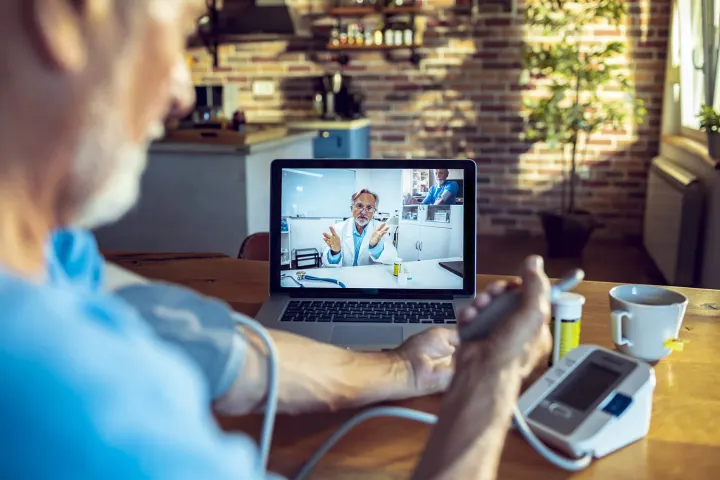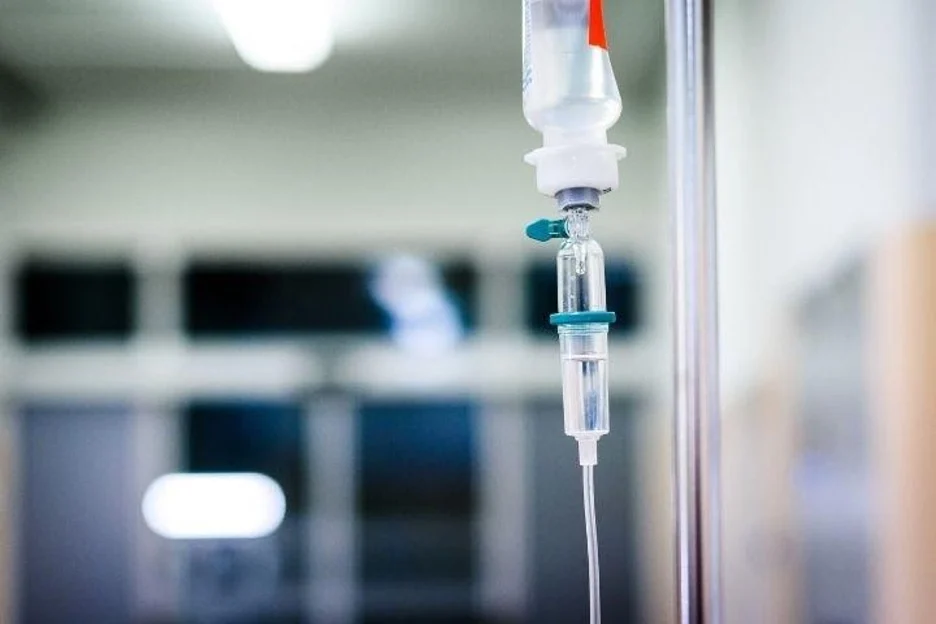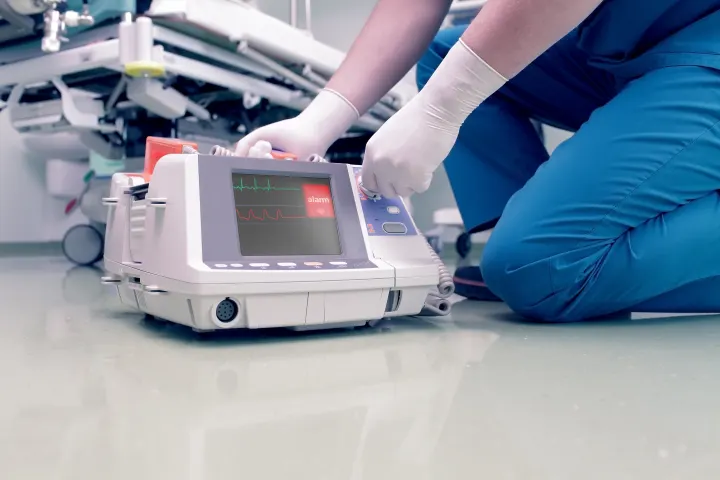COVID-19's Impact on the Medical Device Supply Chain

Over the last year and a half, the world's markets have proven how fragile they can be in the face of challenges. Things that were once taken for granted, such as toilet paper, canned goods, and cleaning supplies, were bought up in a matter of days, causing grocery store aisles to be left bare for weeks.
Read More...






